- No products in the cart.
ACC Long Table spike. 600mg tube 20 pcs
$15.98
ACC Long Table spike. 600mg tube 20 pcs
Description
Composition
Active substance:
1 tablet contains: NAC – 600.00 mg.
Excipients:
Citric acid – 625.00 mg; Sodium hydrogencarbonate – 327,00 mg; sodium carbonate – 104.00 mg; mannitol – 72.80 mg; lactose, – 70.00 mg; ascorbic acid – 75.00 mg; Sodium cyclamate – 30.75 mg; Sodium saccharine dihydrate – 5.00 mg; Sodium Citrate dihydrate – 0.45 mg; blackberry flavor “B” – 40.00 mg.
Description:
Round tablets White Valium, and Valium chamfered on one side, with a smell of blackberry. Perhaps the presence of a weak sulfur smell.
The reconstituted solution: colorless, transparent solution with the smell of blackberries, there may be a weak sulfuric smell.
Product form:
600 mg effervescent tablets
Primary packaging
At 6, 10 or 20 effervescent tablets in a polypropylene tube.
secondary packaging
1 tube in a carton box, together with instructions for use.
Contraindications
Hypersensitivity to acetylcysteine or other components of the formulation; gastric ulcer and duodenal ulcer in the acute stage; hemoptysis, pulmonary hemorrhage; pregnancy; lactation; Children up to age 14 years (for a given dosage form); lactase deficiency, lactose intolerance, glucose-galactose malabsorption.
Precautions: gastric ulcer and duodenal ulcer history, bronchial asthma, obstructive bronchitis, liver and / or kidney failure, histamine intolerance (avoid prolonged drug administration, as acetylcysteine affect the metabolism of histamine can cause symptoms of intolerance such as headache, vasomotor rhinitis, itching), varicose veins of the esophagus, adrenal disease, hypertension.
Dosage
600 mg
Indications
Respiratory diseases, accompanied by the formation of a viscous sputum: acute and chronic bronchitis, obstructive bronchitis; tracheitis laryngotracheitis; pneumonia; lung abscess; bronchiectasis, asthma, chronic obstructive pulmonary disease (COPD), bronchiolitis; cystic fibrosis;
Acute and chronic sinusitis, inflammation of the middle ear (otitis media).
Interaction with other drugs
With simultaneous use of acetylcysteine and antitussives due to suppression of the cough reflex can occur stagnation sputum.
While the use of antibiotics for oral administration (penicillins, tetracyclines, cephalosporins, etc.) Optionally reacting them with a thiol group acetylcysteine, which may lead to a decrease in their antibacterial activity. Therefore, the interval between doses of antibiotics and acetylcysteine must be at least 2 hours (except cefixime and lorakarbena).
The simultaneous use of nitroglycerin vazodilyatiruyuschimi means and may lead to increased vasodilatory action.
Overdose
Symptoms: When erroneous or intentional overdose observed phenomena such as diarrhea, vomiting, stomach pain, heartburn and nausea.
Treatment: symptomatic.
pharmachologic effect
Pharmacological group:
Mucolytic agent.
Pharmacodynamics:
Acetylcysteine is a derivative of the amino acid cysteine. Has a mucolytic effect, it facilitates expectoration due to the direct impact on the rheological properties of sputum. Action due to the ability to break disulfide bonds mucopolysaccharide chains and cause depolymerization mukoproteidov sputum, which reduces the viscosity of sputum. The drug remains active in the presence of purulent sputum.
Antiokcidantnoe exerts an action based on the ability of its reactive sulfhydryl groups (SH-groups) bind to oxidative radicals and thereby neutralize them.
In addition, acetylcysteine promotes the synthesis of glutathione, an important component of the antioxidative system and chemical detoxification. Antioxidant action acetylcysteine enhances the protection of cells from the damaging effects of free radical oxidation, characteristic of intense inflammatory reaction.
When prophylactic use acetylcysteine marked reduction in the frequency and severity of exacerbations of bacterial etiology in patients with chronic bronchitis and cystic fibrosis.
Pharmacokinetics:
Absorption high. It is rapidly metabolized in the liver to produce pharmacologically active metabolite – cysteine and diatsetiltsisteina, cystine and mixed disulfides. Oral bioavailability is 10% (because of the pronounced effect of “first pass” through the liver). The time to reach maximum concentration (Cmax) in plasma is 1 – 3 hours Connection plasma proteins -. 50%. Excreted by the kidneys in the form of inactive metabolites (inorganic sulfates diatsetiltsistein). The half-life (T1 / 2) is about 1 hour, the liver leads to a lengthening of the T1 / 2 to 8 hours. Penetrates the placental barrier. acetylcysteine on the ability of the data to penetrate the blood-brain barrier and is excreted in breast milk are not available.
Pregnancy and breast-feeding
Application data acetylcysteine during pregnancy and breastfeeding is limited, so the use of the drug during pregnancy is contraindicated. If necessary, use during lactation should decide on its termination.
Conditions of supply of pharmacies
Without recipe.
side effects
According to the World Health Organization (WHO), undesirable effects are classified according to their rate of development as follows: very common (> 1/10), common (> 1/100,
special instructions
Note for patients with diabetes mellitus: 1 effervescent tablet corresponds to 0.001 XE.
When working with the drug must be used glassware, avoiding contact with metals, rubber, oxygen, easily oxidizable substances.
In applying acetylcysteine rarely reported cases of severe allergic reactions such as Stevens-Johnson syndrome, Lyell syndrome. In the event of changes in the skin and mucous membranes should immediately consult a doctor, the drug should be discontinued.
Patients with bronchial asthma and obstructive bronchitis acetylcysteine should be used with caution under systematic control of bronchial obstruction.
It should not take the drug just before bedtime (it is recommended to take the drug to 18.00).
Information about the negative impact of the drug ATSTS® Long at recommended doses on the ability to drive, there is no mechanism.
Storage conditions
In a dry place at a temperature not higher than 30 C.
Keep out of the reach of children.
Dosing and Administration
Inside, after a meal.
effervescent tablets should dissolve in a glass of water. The tablets should be taken immediately after dissolution in exceptional cases, can be left ready to use solution for 2 hours. Additional enhances fluid intake mucolytic effect of the drug. Colds during short duration of reception is 5-7 days. In chronic bronchitis and cystic fibrosis drug should be taken over a long period of time to achieve a preventive effect.
In the absence of other assignments it is recommended to adhere the following dosages:
Mucolytic therapy:
Adults and children over 14 years: 1 tablet effervescent 1 per day (600 mg).
Information
Appearance may differ from that depicted in the picture. There are contraindications. You need to read the manual or consult with a specialist
Additional information
| Weight | 0.100 kg |
|---|---|
| Manufacturer | Sandoz UTS |

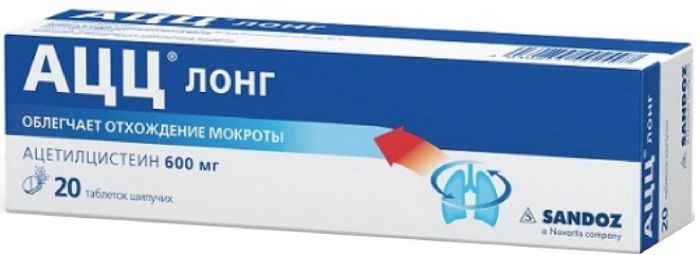
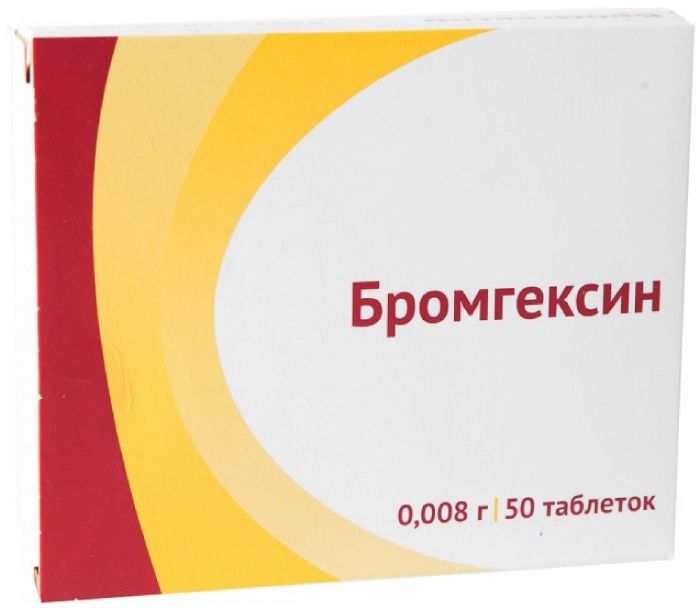
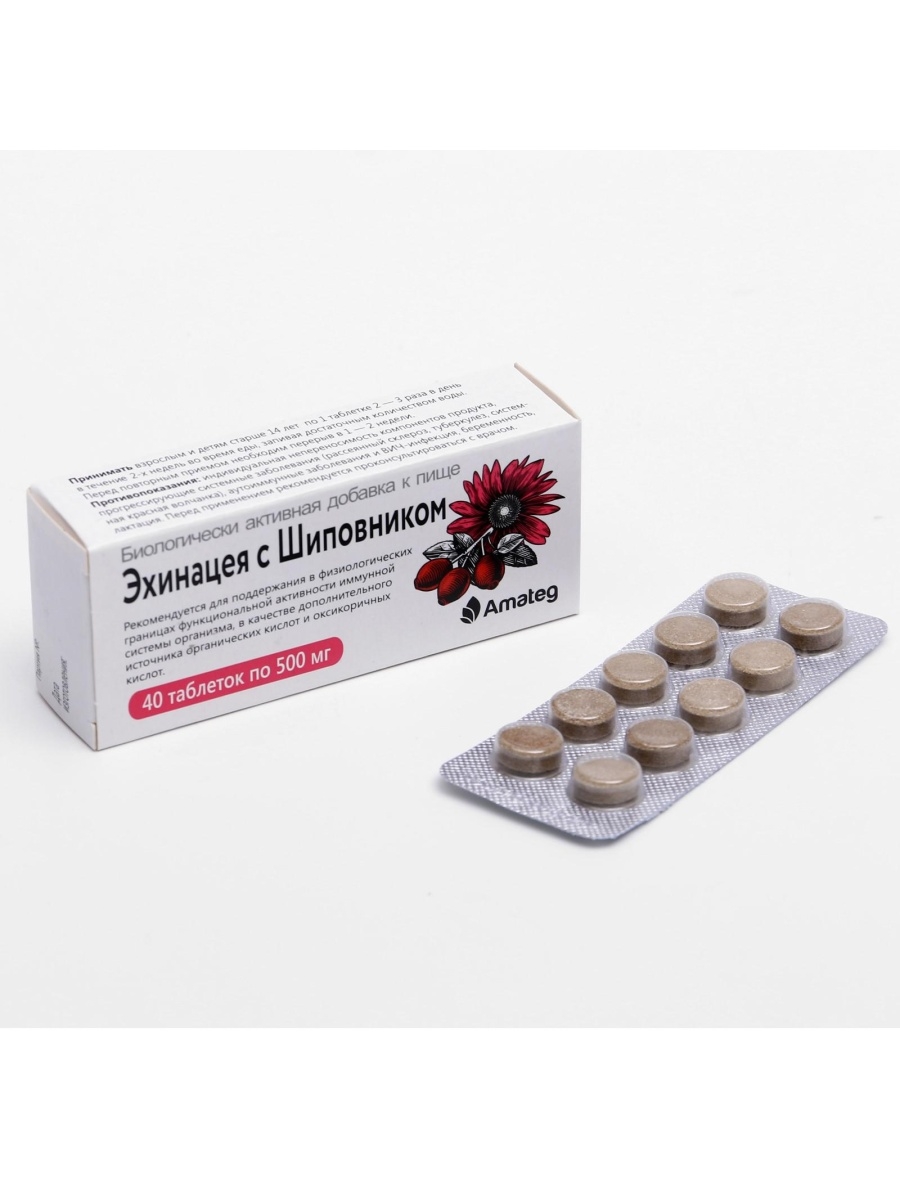
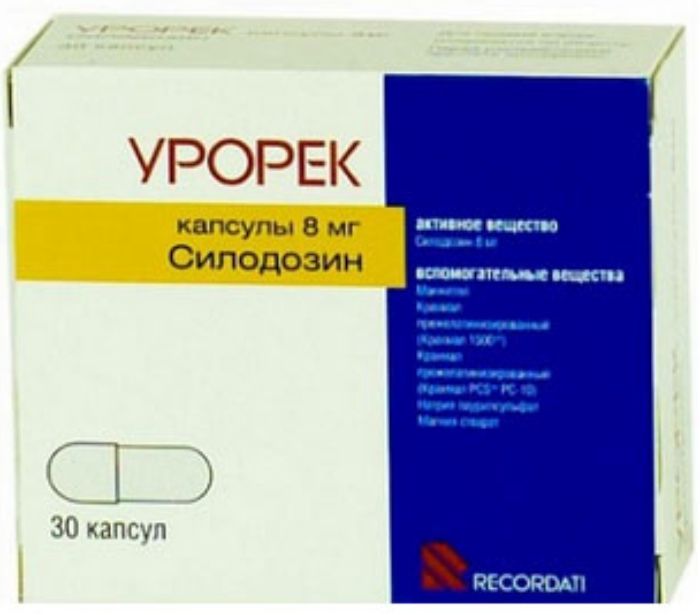
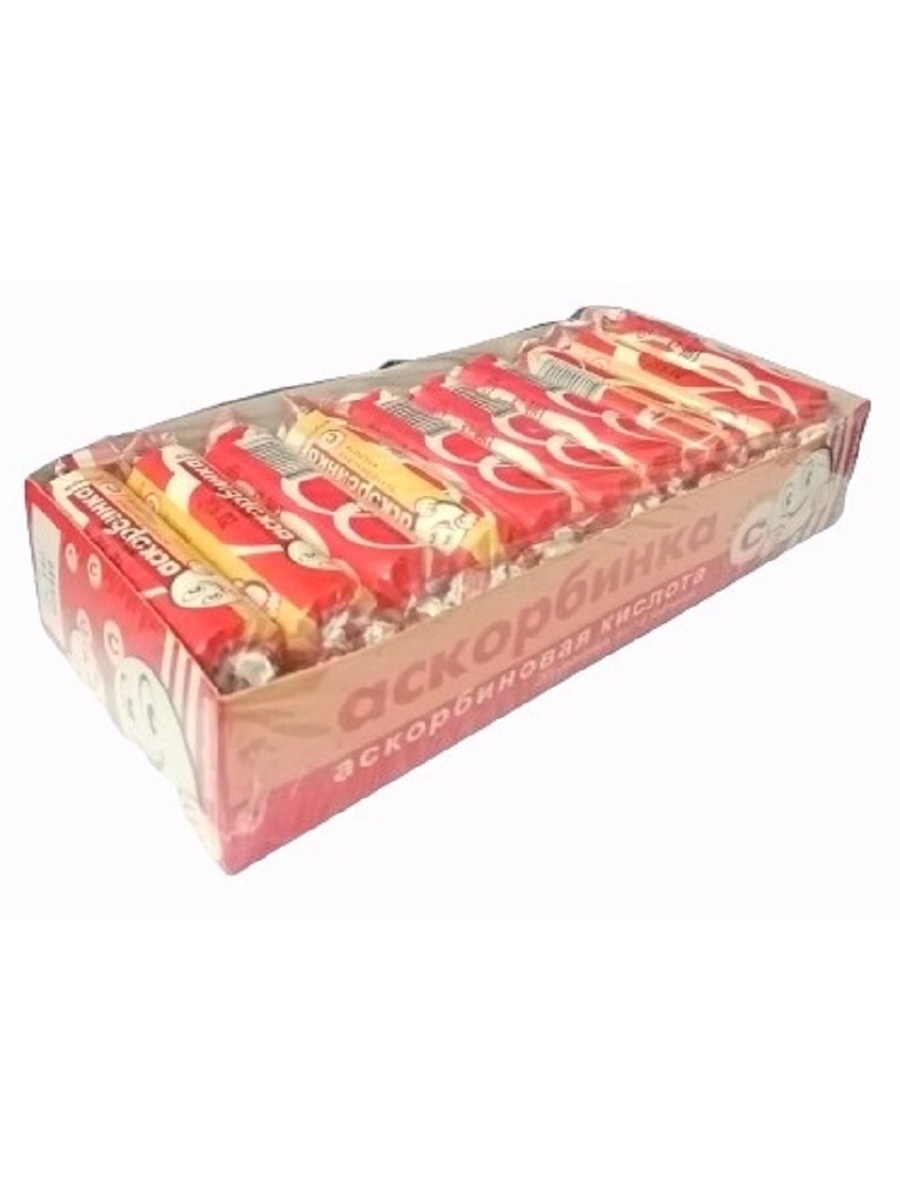
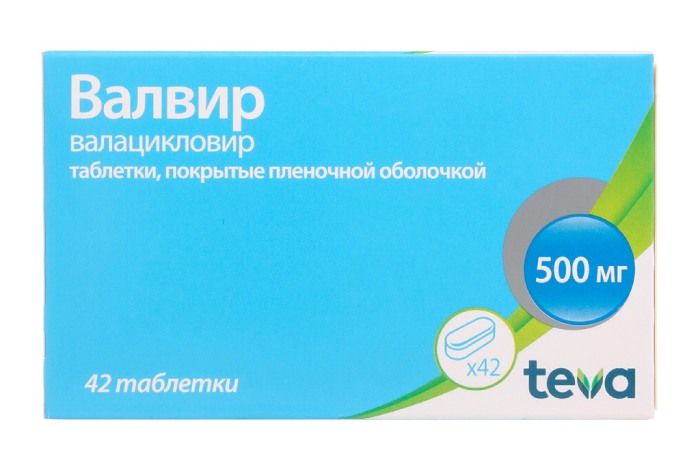
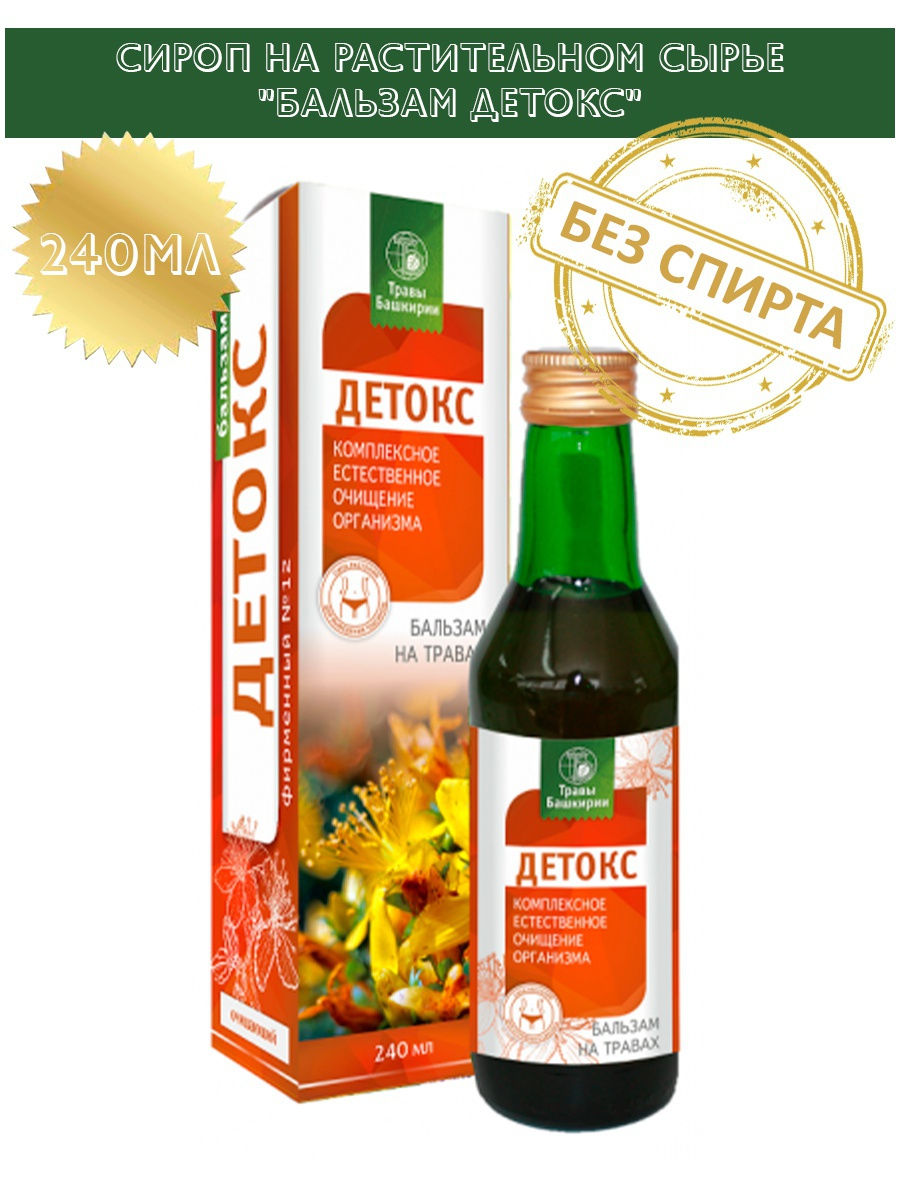
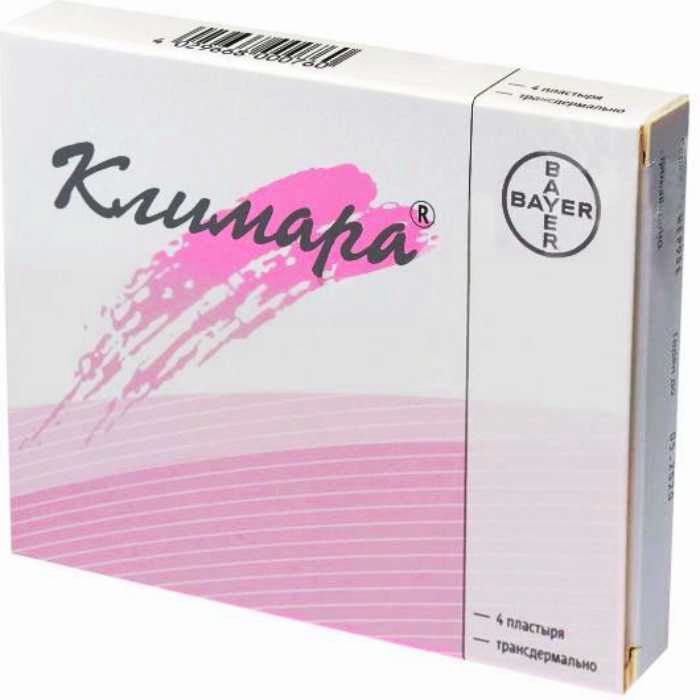




There are no reviews yet.